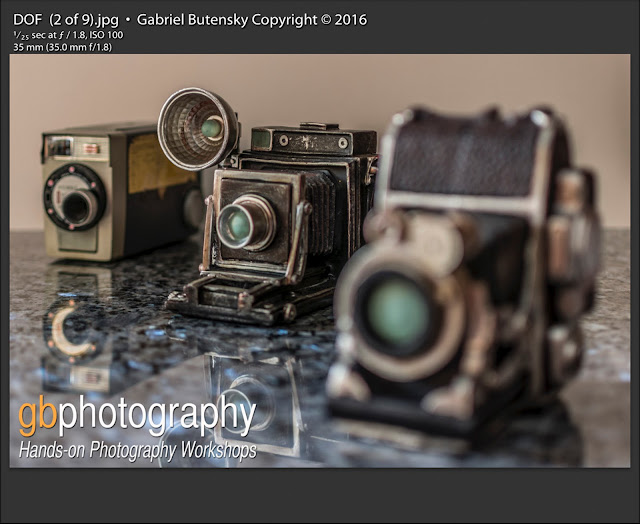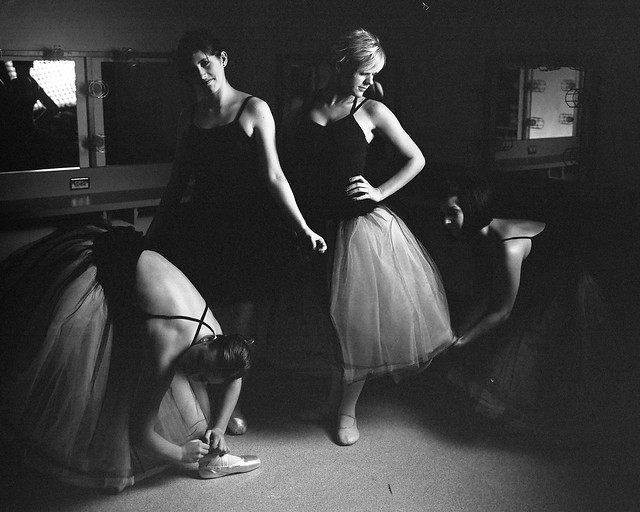Welcome to my photography class at Taravella Community School.
It is a pleasure
having you in my class, I am sure that by the end of this term, you will have a
much better understanding of the concept of manual exposure and will be able to
control you camera at all times.
Please look at the
addresses below for important info on how to keep up with our schedule.
I usually post every
week the location and activity of our classes in my blog . Look on the right
side under Taravella. If you use a phone, do not use the mobile screen as it
does not show everything, look for the one you would see in your computer (full
site).
A better way to get
the information in real time, is to mark my photography page at Facebook with a
like, that way you will get news automatically. I started with this system a
while ago, and it is proving very effective.
Now down to
photography!!
Themes: I use themes in order to look for a way
to train your eye to see thing with the camera. This exercise is not mandatory
as nothing is compulsory in my class, you can use them at your own pace and
convenience.
This week we will
concentrate in "curves", please look at my examples here.
Should you feel like
joining Flickr.com, please link your
photostream to our Taravella group and upload your best 5 pictures so others
can see and comment, you will be surprised!!!
Link to our
Taravella Group, http://www.flickr.com/groups/taravella
Link to my personal
photostream: https://www.flickr.com/photos/gbuten/
You can download my CAMERA BASICS PRESENTATION from:
Remember to
subscribe to my blog for articles and interesting photography tips.
Exposure practice online:
Canon Canada has a
wonderful site for practicing the different possibilities of exposure as we see
in class. Remember that practice makes perfection, try to use this interactive
to practice and check the results, as this is exactly the core of our class.
See below for useful
links, and always bring your tripod, camera manual and a plastic bag (it rains
a lot).
I recommend the
following tripods as they are sturdy yet inexpensive compared to more
sophisticated ones:
Manfrotto Compact Action Aluminum Tripod
Oben AC-1441 4-Section Aluminum Tripod with BA-111 Ball Head
Benro A-150EXU
Digital Tripod Kit with Ball Head
Oben TT-100 Table Top Tripod, great for
travelling!!!
Should you have any
questions, please email me to:
gbphotgraphyusa@gmail.com
Remember to bring
your camera manual and cheat sheet every class!!
PLEASE CONFIRM
RECEPTION OF THIS EMAIL, SO I MAKE SURE YOU GOT THIS FIRST EMAIL WITH MY
CONTACT INFO.


This is my recommended photo store!!!!
Just click on the picture or below!!!
Best
Regards,
Gabe
Butensky
954-649-4712
































